The Xbox One release date marked a major milestone in gaming. Microsoft launched the Xbox One on November 22, 2013, across 13 key markets. That debut ushered in an “all-in-one” entertainment console combining gaming, live TV, music, fitness, and voice control. The image below shows the Xbox One console at launch (with its Kinect sensor and controller).
Xbox One debuted in late 2013 with a matte-black box design and integrated Kinect camera. Its launch represented the next-generation gaming era, featuring an eight‑core AMD CPU and deep TV integration to quickly switch between games and entertainment. By launch day, over one million Xbox One consoles were sold worldwide, breaking the first‑day sales record set by the Xbox 360. This guide walks through the Xbox One’s release date, timeline, hardware specs, and standout features.
Xbox One Release Date Timeline:
Microsoft originally announced a November 2013 launch for Xbox One, and indeed November 22, 2013 became the official release date. On that date, retailers in 13 countries (including the US, UK, Canada, Australia and parts of Europe) opened at 12:01 am to sell the new console. Key launch details include:
-
Launch Date: November 22, 2013 (Friday) – Xbox One hit store shelves in 13 markets simultaneously.
-
Launch Markets: North America (US, Canada), UK, Europe, Australia, Brazil and others. Major markets saw midnight openings; over 10,000 retail locations participated.
-
Launch Time: Retailers opened at 12:01 am local time on Nov 22, 2013, creating lines of eager gamers.
-
Global Rollout: Later in 2014 the Xbox One expanded to additional regions. For example, Japan and China received the console in September 2014 (making xbox one release date One the first modern Xbox console released in China.
These launch details reflect how Microsoft staggered the Xbox One debut, starting in late 2013 and covering more countries by late 2014. The term xbox one release date refers to this initial rollout and all associated events (like midnight store openings and live broadcasts) across those markets.
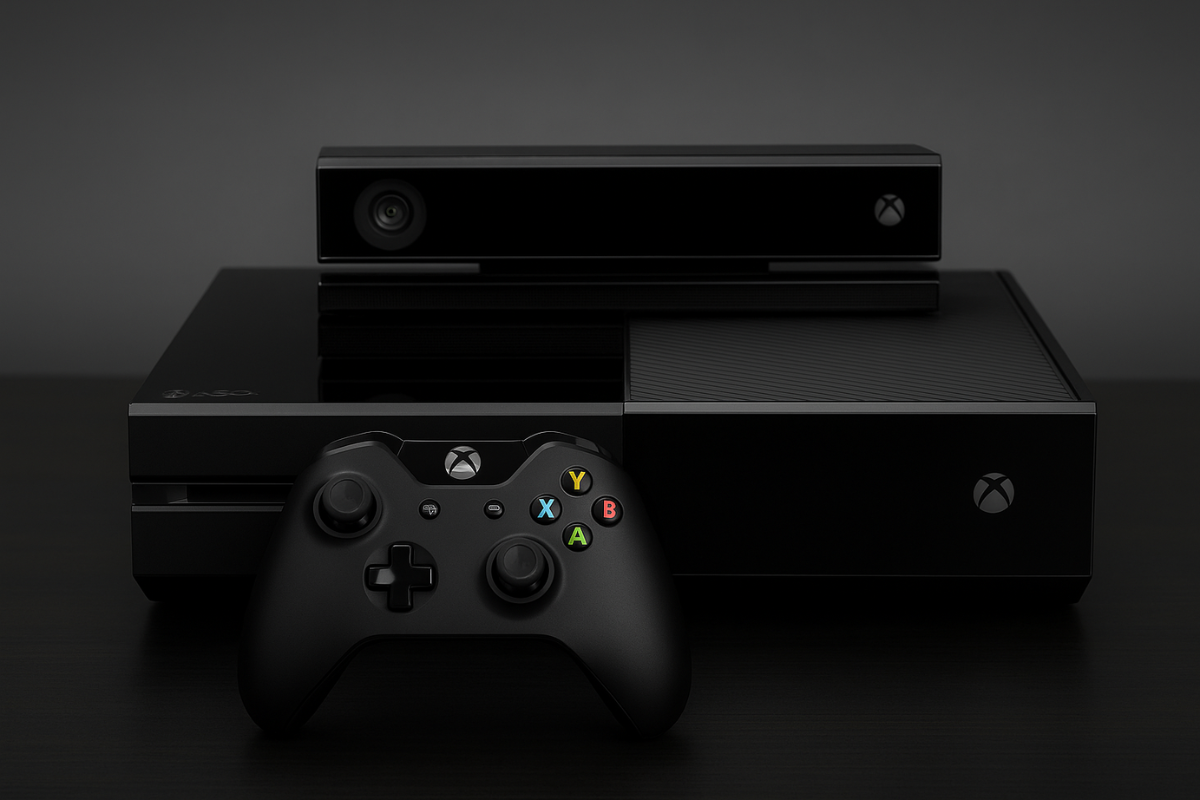
Hardware Specs and Innovations:
The Xbox One’s hardware was a significant upgrade over its predecessor. It featured:
-
CPU & GPU: A custom AMD “Jaguar” APU with eight x86‑64 cores (running at 1.75 GHz) and an integrated Radeon GPU (~1.31 TFLOPS). This modern 8‑core CPU allowed near-seamless switching between games and apps.
-
Memory & Storage: 8 GB of DDR3 system RAM (with about 5 GB available to games) and a 500 GB hard drive (standard edition). The system also included a fast 32 MB “ESRAM” cache for graphics.
-
Optical Drive & Ports: A built-in 1080p Blu-ray Disc drive for games and movies. It offered HDMI input (for cable TV passthrough) and HDMI output, plus 3× USB 3.0 ports, Ethernet, and built-in dual-band Wi-Fi.
-
Controller & Kinect: The wireless controller was redesigned with 40+ improvements (better D-pad, refined grips, and new impulse vibration triggers. The bundled Kinect 2.0 sensor was upgraded to 1080p resolution with a wider field-of-view, four microphones, and advanced motion/voice tracking. This Kinect allowed voice commands (even in noisy rooms) and precise gesture recognition at launch.
These specs underpinned many of the Xbox One’s features. The “Xbox One system design” emphasized the console as a quiet, sleek device with powerful processing hardware. (Later revisions like the Xbox One S and X upgraded this further, but the original’s specs set the baseline.)
Key Features and Entertainment:
At launch, Microsoft touted the Xbox One as more than a games console. Major features included:
-
Voice Control (“Xbox On”): Say “Xbox On” to power up the console and go straight to your Home screen. Voice commands could navigate the interface, launch games/apps, or search for content. Kinect’s enhanced microphone array allowed reliable voice recognition even with background noise.
-
Snap Mode (Multitasking): Players could “snap” apps side by side. For example, you could play a game while watching live TV or video chat with friends via Skype in a corner of the screen. This two-window multitasking was a new console feature.
-
Live TV Integration: The Xbox One could connect to your cable/satellite box via HDMI input. Its OneGuide smart TV interface let you browse and watch live TV, movies, and apps all on one console. Voice search (e.g. “Xbox On, Netflix”) provided hands-free control of entertainment.
-
Cloud & Xbox Live: Powered by a new Xbox Live architecture, the console used cloud servers for game saves, streaming updates/downloads, and new services. Game DVR let you record gameplay clips automatically and upload to the cloud. The system also supported Xbox SmartGlass (mobile companion app) for remote control and second-screen experiences.
-
Launch Content: The Xbox One opened with 22 game titles (10 of them exclusives. Exclusive launch games leveraged new hardware and Kinect features (e.g. Forza Motorsport 5, Ryse: Son of Rome, Dead Rising 3, Killer Instinct, Kinect Sports Rivals). Third-party titles like Assassin’s Creed IV: Black Flag and Call of Duty: Ghosts also debuted on the console. The breadth of launch games was the deepest lineup in Xbox history at the time.
Each of these features reinforced the Xbox One’s debut marketing as an “all-in-one entertainment system”. The ability to mix gaming, television, streaming apps, and social features in a single device set it apart at launch.
Xbox One Launch Games (Examples)
Some of the notable titles available at xbox one release date included:
-
Forza Motorsport 5 – Exclusive racing sim showcasing the console’s graphics.
-
Ryse: Son of Rome – Exclusive cinematic action game highlighting new graphics.
-
Dead Rising 3 – Exclusive open-world zombie shooter.
-
Killer Instinct – Exclusive reboot of the classic fighting franchise.
-
Assassin’s Creed IV: Black Flag – Popular third-party franchise (not exclusive).
-
Call of Duty: Ghosts – Multi-platform shooter available on launch day.
Together with others (e.g. Battlefield 4, FIFA 14, Zoo Tycoon, Lococycle), these titles formed the Xbox One’s launch library of 22 games. This included 10 exclusives that, at the time, were only on Xbox One. The strong launch line-up helped drive early sales and showcased the console’s capabilities.
Conclusion
The Xbox One release date of November 22, 2013, kicked off a new generation for Microsoft’s gaming consoles. With cutting‑edge hardware (8‑core CPU, 8GB RAM) and innovative features (voice activation, app multitasking, TV integration, and a bundled Kinect 2.0), the Xbox One was designed to blend games and entertainment in living rooms. Its launch marked by record sales and 22 launch games (including 10 exclusives) signaled strong interest from fans.
Whether you owned an Xbox One at launch or joined the community later, the console’s debut remains a key moment in gaming history. If you enjoyed this deep dive, share it on social media and let us know in the comments: What was your favorite xbox one release date title or feature? Your feedback and shares help us create more great guides for gamers like you!
Frequently Asked Questions
Q: When was the Xbox One released?
A: The Xbox one release date was November 22, 2013. On that day the console launched in 13 countries (including the US, UK and other major markets), with midnight openings at many retailers.
Q: What year did the xbox one release date?
A: The Xbox One debuted in the year 2013. Specifically, it first reached consumers on Nov. 22, 2013, marking Microsoft’s entry into the eighth console generation.
Q: What were the key features of the xbox one release date?
A: At launch the Xbox One featured voice control (“Xbox On”), multitasking (Snap mode), live TV integration (OneGuide), cloud-enabled Xbox Live services (Game DVR, SmartGlass), and the new Kinect 2.0 sensor with 1080p camera. These features made it an “all-in-one” entertainment hub.
Q: What games launched with the xbox one release date?
A: The Xbox one release date with 22 game titles, including 10 exclusives. Notable launch games included Forza Motorsport 5, Ryse: Son of Rome, Dead Rising 3, and Killer Instinct (exclusive titles), as well as multi-platform titles like Assassin’s Creed IV: Black Flag.
Q: Was the Kinect sensor included with the Xbox One at release?
A: Yes. The original Xbox One package (priced at $499) included the redesigned Kinect 2.0 sensor and one wireless controller. Kinect was a key launch feature for voice and motion controls. (Later, Microsoft also offered a standalone Xbox One bundle without Kinect at a lower price.)
More Post: How To Get Free Dice Monopoly Go, Xbox One Release Date and Features, Best Xbox One Games in 2025
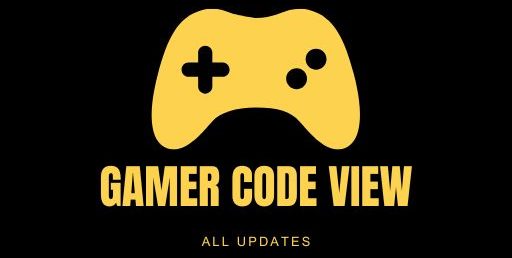
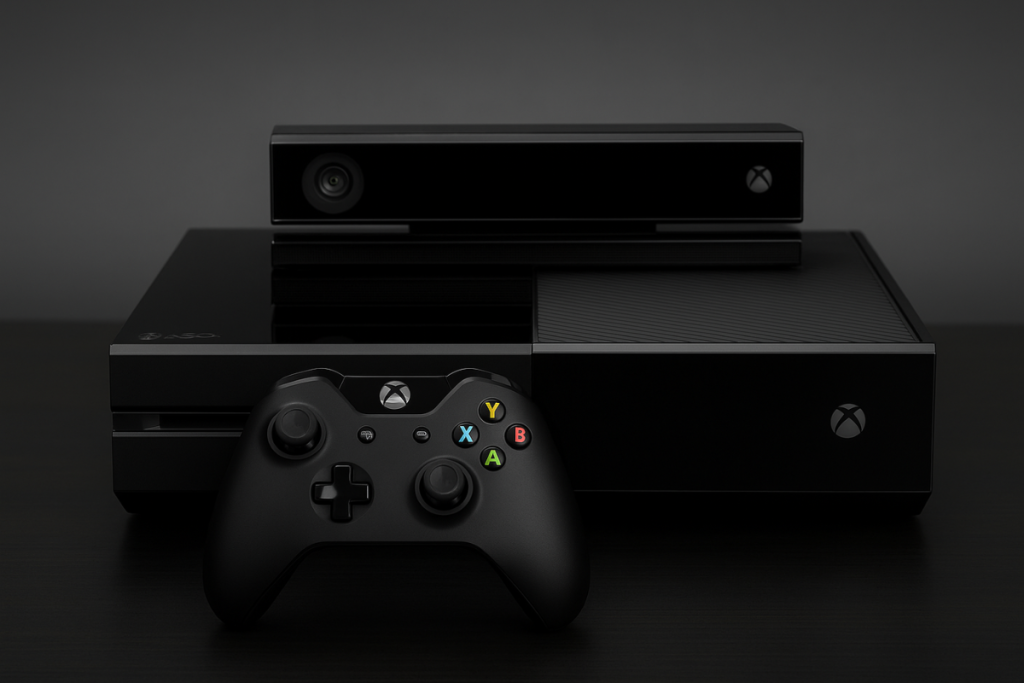


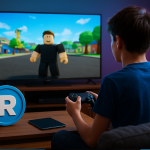
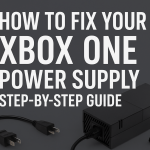
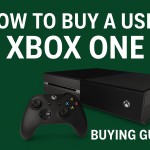
8 thoughts on “Xbox One Release Date and Features”